Full text
PDF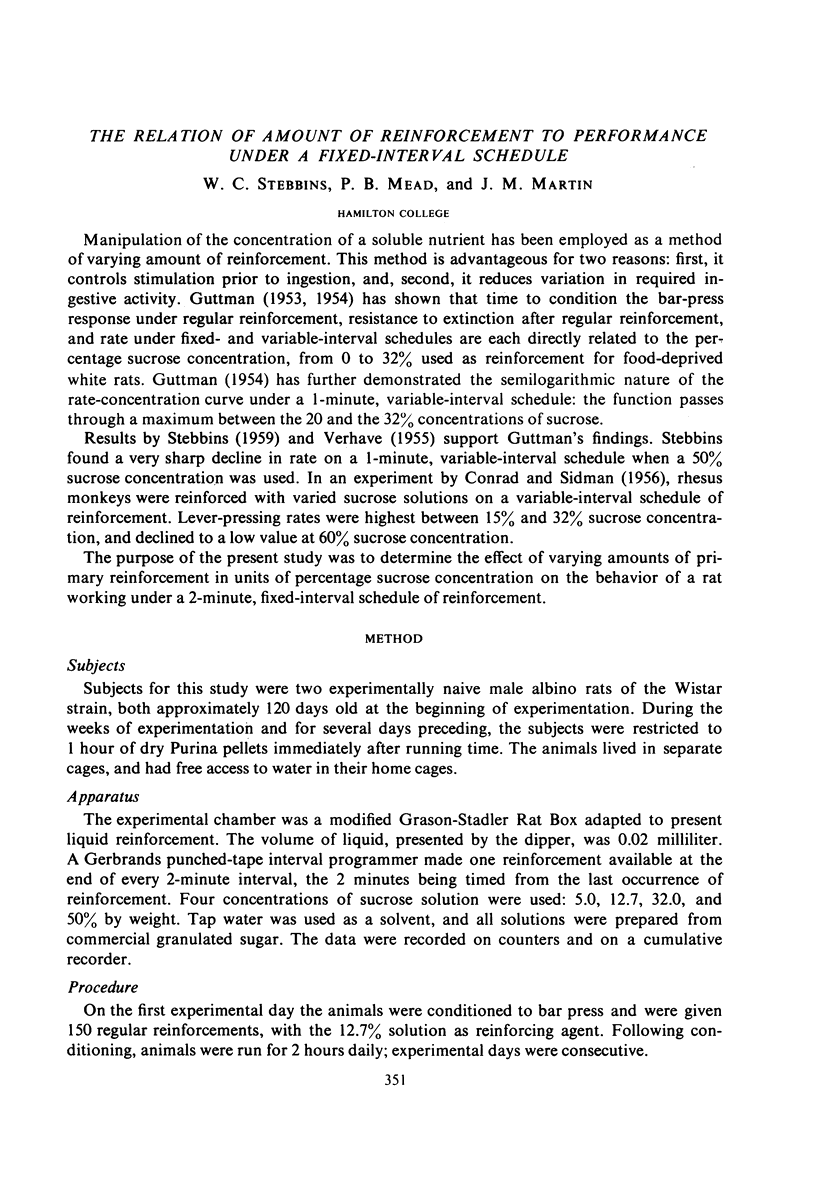
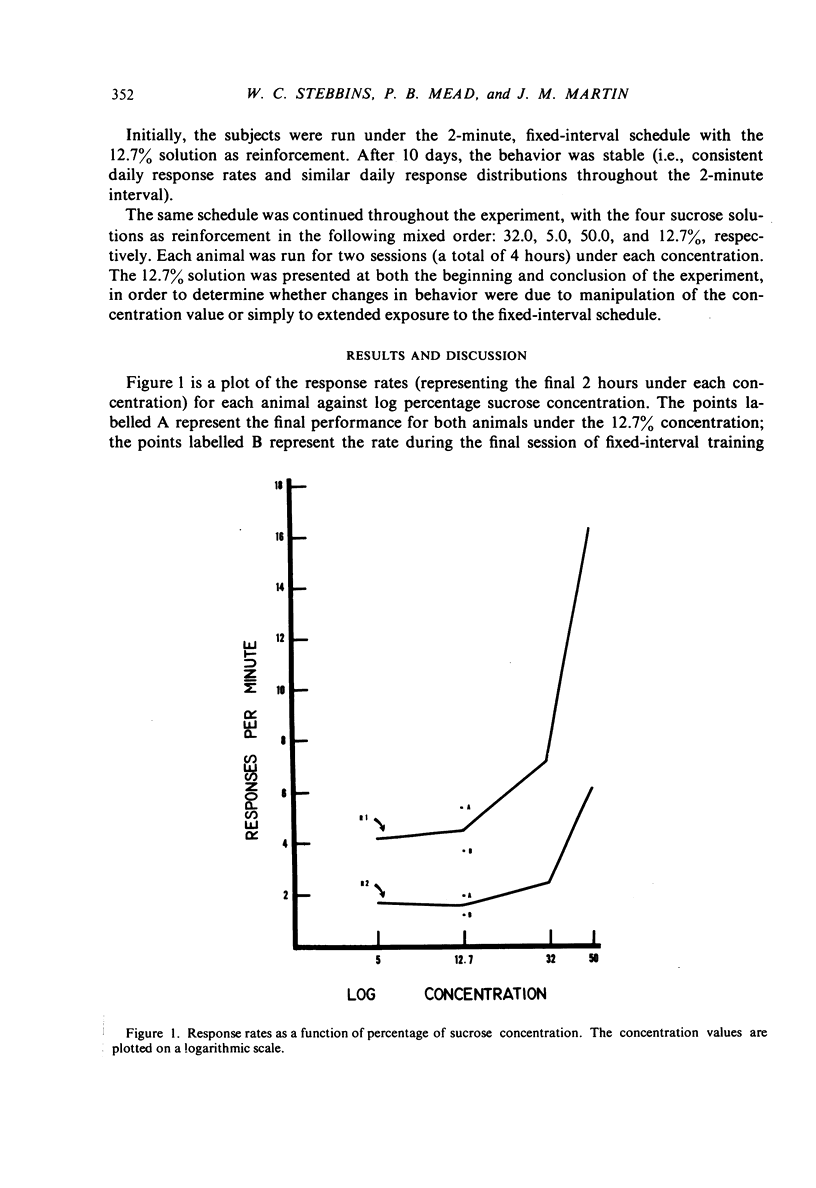
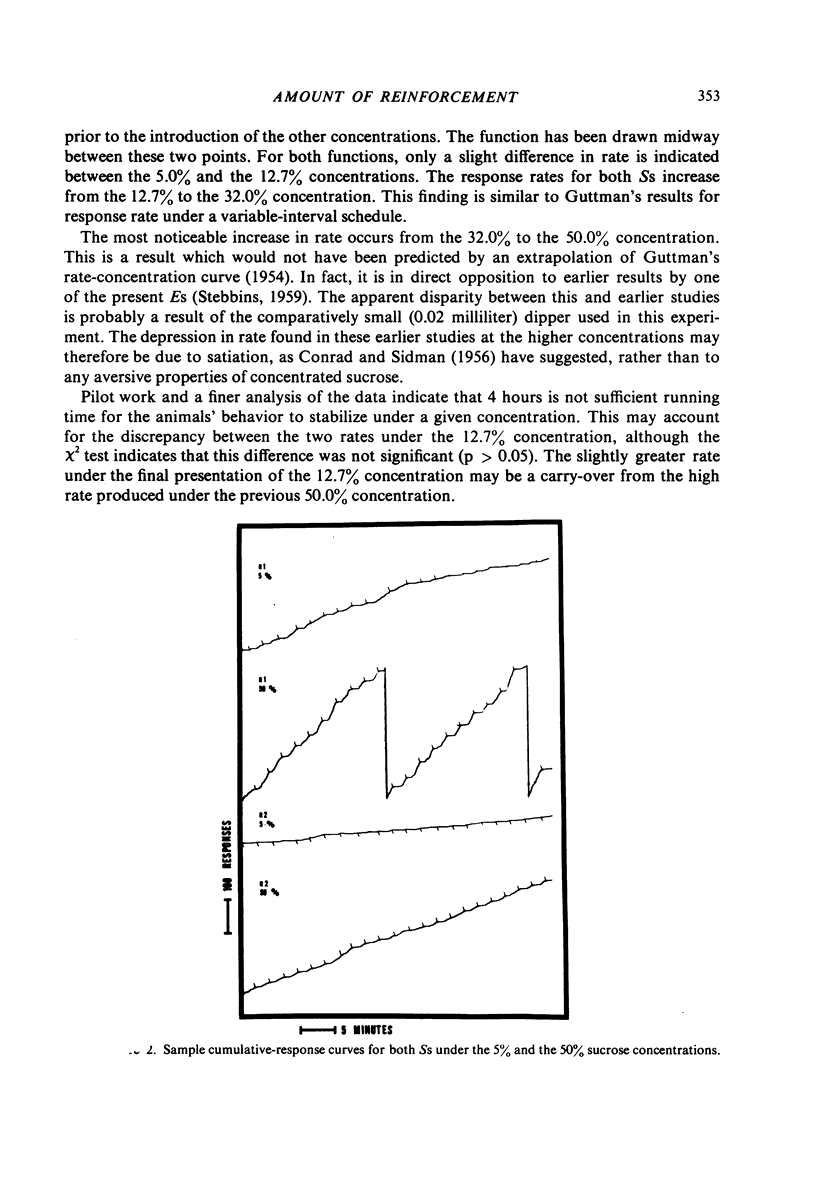
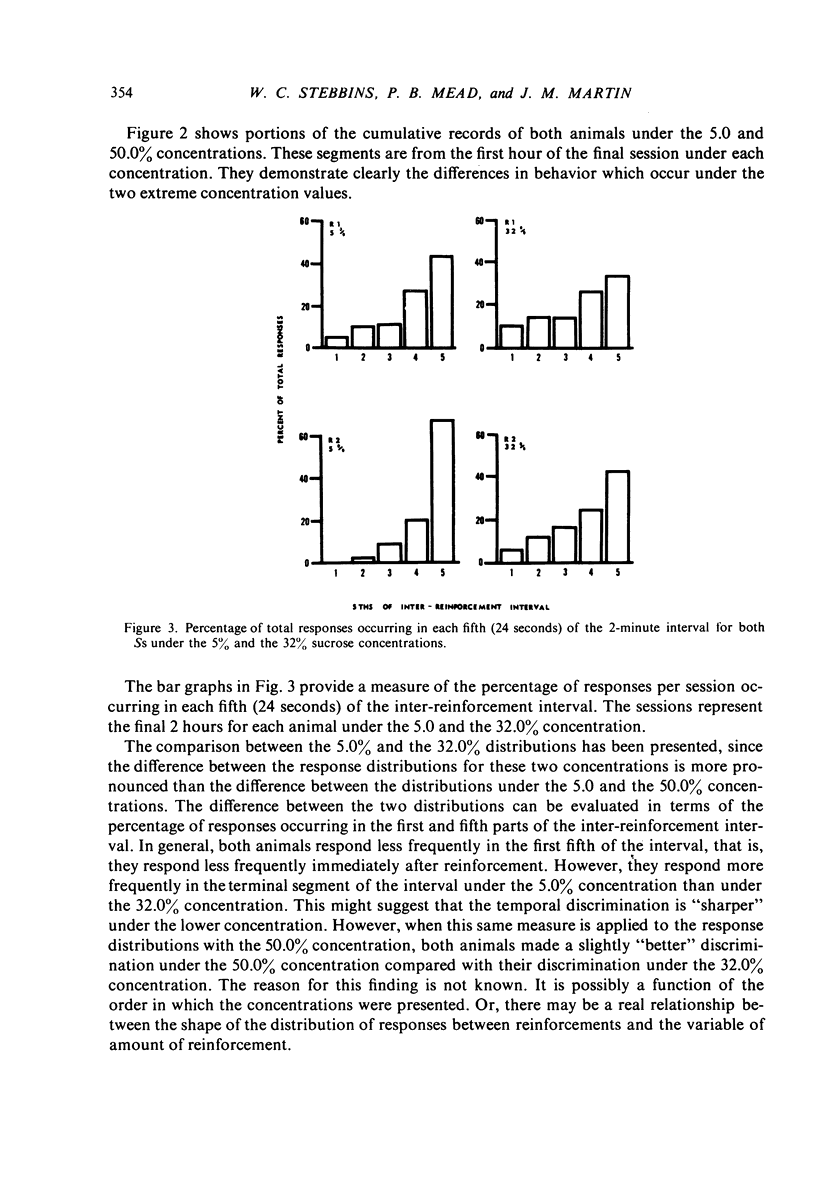
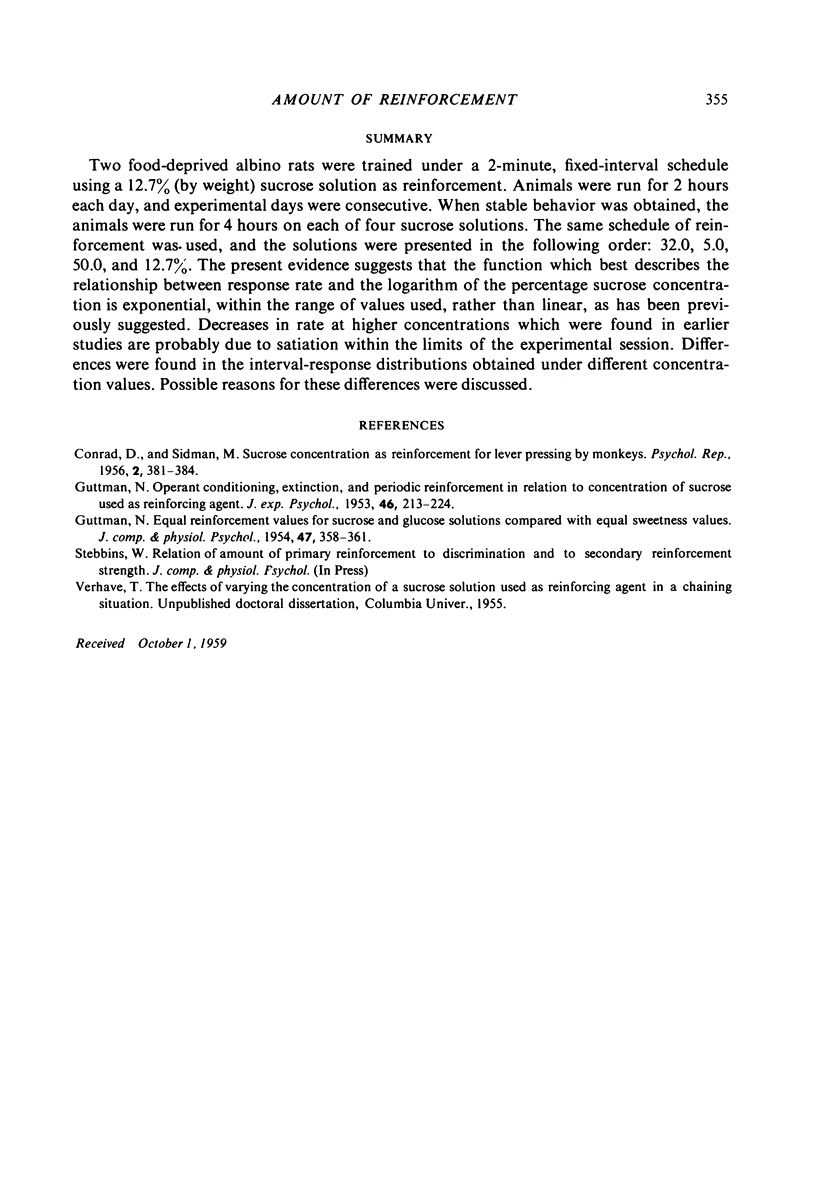
Selected References
These references are in PubMed. This may not be the complete list of references from this article.
- GUTTMAN N. Equal-reinforcement values for sucrose and glucose solutions compared with equal-sweetness values. J Comp Physiol Psychol. 1954 Oct;47(5):358–361. doi: 10.1037/h0062710. [DOI] [PubMed] [Google Scholar]
- GUTTMAN N. Operant conditioning, extinction, and periodic reinforcement in relation to concentration of sucrose used as reinforcing agent. J Exp Psychol. 1953 Oct;46(4):213–224. doi: 10.1037/h0061893. [DOI] [PubMed] [Google Scholar]


